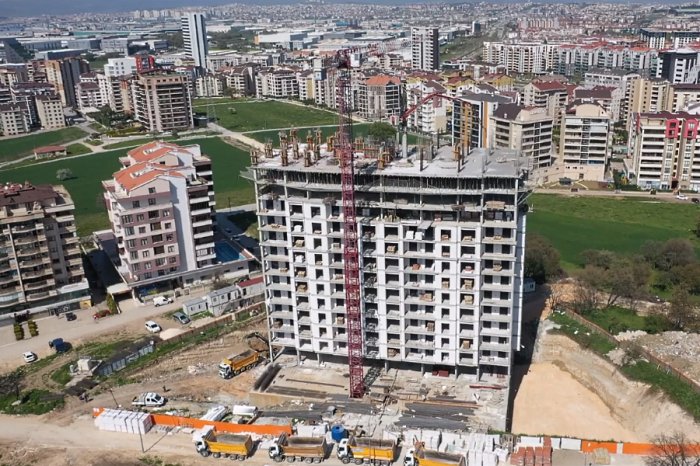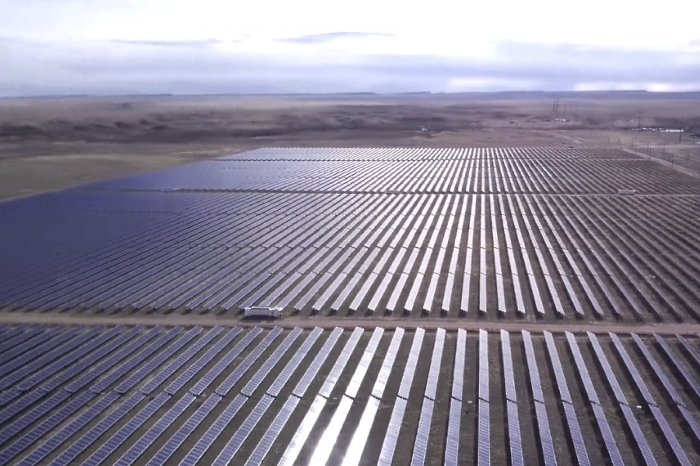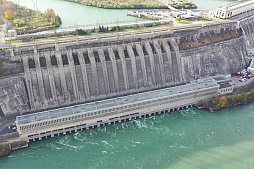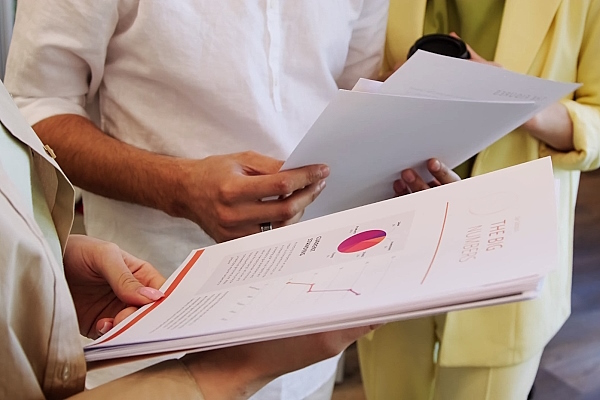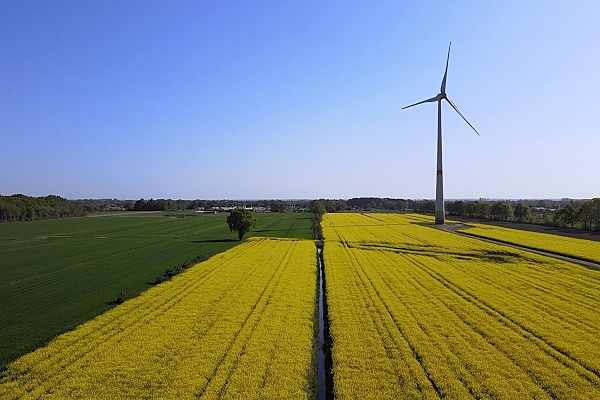After receiving the necessary documents (application form and project presentation), our team will try to review your request as soon as possible, and leading experts will offer the best options for project funding.
The country has come a long way from a weak conservative socialist-type economy to a successful investment-attractive model, an example to follow among the countries of Eastern Europe.
Foreign businesses are investing hundreds of billions of euros in Poland, and 94% of companies report that they would like to invest in the local economy again.
The issue of business financing is critically important not only in Poland.
According to research by the European Bank for Reconstruction and Development, difficulties in accessing financial resources rank second among the most important business challenges in the EU.
This is also confirmed by experts from Deutsche Bank and other world-famous financial institutions.
Continuous access to capital sources is one of the key factors in determining a company's ability to survive, grow and expand. Maintaining the market and ensuring the development of large investment projects usually requires the attraction of both internal resources of the company and external capital in the form of long-term loans and other debt instruments.
ESFC Investment Group offers long-term financing for large businesses in Poland, including industrial loans and land loans, project finance instruments, leasing, refinancing and more.
We also provide advanced financial engineering services, financial modeling and consulting.
Contact our representatives to find out more.
Large business loans in Poland: banking system
Banks dominate among financial institutions providing long-term financing to businesses in Poland.It is especially important for foreign companies to pay attention to the largest banks in Poland, such as Bank Pekao, PKO BP, ING Bank Śląski, Santander Bank Polska, mBank, BNP Paribas, Bank Millenium, Alior Bank, City Handlowy and others. All of the above entities offer financial products such as working capital loans, investment loans, leasing and factoring.
As of Q3 2022, 564 financial institutions carried out banking activities in Poland, including one large state-owned bank, 30 commercial banks, 5 mortgage banks, 498 cooperative banks, as well as 35 branches of foreign banks and credit institutions.
More than 140 thousand people were involved in the banking sector of Poland, and the number of branches within the country exceeded 10,300.
Table: list of the largest banks in Poland at the beginning of 2022.
|
#
|
Name
|
Major shareholder
|
Assets
(billion zł)
|
Number of employees | Number of branches |
|
1
|
Skarb Państwa (29,4%)
|
418 | 29.200 | 975 | |
|
2
|
Bank Polska Kasa Opieki (PKO)
|
Powszechny Zakład Ubezpieczeń (20%)
|
247 | 14.700 | 650 |
|
3
|
Santander Bank Polska
|
Banco Santander (69,3%)
|
234 | 11.190 | 576 |
|
4
|
mBank SA
|
Commerzbank AG (69,2%)
|
200 | 6.740 | 322 |
|
5
|
ING Bank Śląski
|
ING Groep (75%)
|
187 | 8.700 | 330 |
|
6
|
BNP Paribas Bank Polska
|
BNP Paribas (88,3%)
|
132 | 8.500 | 431 |
|
7
|
Bank Millennium
|
Banco Comercial Portugues (50,1%)
|
97 | 6.940 | 443 |
|
8
|
Alior Bank
|
Powszechny Zakład Ubezpieczeń (31,9%)
|
83 | 6.950 | 193 |
|
9
|
Bank Handlowy w Warszawie
|
Citibank Overseas Investment Corporation (75%)
|
62 | 2.800 | 19 |
|
10
|
Getin Noble Bank
|
Leszek Czarnecki (56,4%)
|
46 | 2.900 | 220 |
|
11
|
Credit Agricole Bank Polska
|
Credit Agricole (75%)
|
31 | 4.920 | 360 |
|
12
|
SGB-Bank
|
Spółdzielcza Grupa Bankowa (93%)
|
26 | 700 | 11 |
|
13
|
Bank Polskiej Spółdzielczości
|
Cooperative banks included in BPS (73,8%)
|
25 | 720 | 14 |
|
14
|
Bank Ochrony Środowiska
|
Narodowy Fundusz Ochrony Środowiska i Gospodarki Wodnej (58%)
|
21 | 1.150 | 50 |
|
15
|
Santander Consumer Bank
|
Santander Bank Polska (60%)
|
18 | 2.050 | 150 |
|
16
|
Deutsche Bank Polska
|
Deutsche Bank (100%)
|
18 | 350 | n/d |
|
17
|
Bank BPH
|
GE Investments Poland (99,4%)
|
12 | 160 | n/d |
|
18
|
DNB Bank Polska
|
DNB ASA (100%)
|
9 | 160 | 1 |
|
19
|
Bank Pocztowy
|
Poczta Polska (75%)
|
8 | 1.100 | 14 |
|
20
|
Nest Bank
|
AnaCap LPP (100%)
|
7 | 830 | 128 |
Powszechna Kasa Oszczędności Bank Polski Spółka Akcyjna (PKO Bank Polski S.A.) is the largest universal bank in Poland, a joint-stock company listed on the Warsaw Stock Exchange since 2004.
In 2018, PKO BP was ranked 845th in the Global 2000 ranking of the largest companies in the world by Forbes magazine. Founded in 1919, it is one of the oldest and most reliable banks in Poland, offering loans for large businesses and a wide range of other financial services. The bank's assets in 2022 exceeded $103 billion.
The bank is involved in intermediary financial services, leasing operations (a specialized division, PKO Leasing SA), industrial lending, factoring, insurance, debt collection, asset management and much more.
When choosing an industrial loan or a land loan in Poland, entrepreneurs should also pay attention to Bank Pekao S.A. (PKO).
It is the second largest Polish universal bank founded in 1929. Controlled by UniCredit from 1999–2017. Since 2017, the management of the Bank has been transferred to Powszechny Zakład Ubezpieczeń and Polski Fundusz Rozwoju, whose controlling stakes are owned by the State Treasury.
The bank is engaged in business lending in Poland, financing of large investment projects, leasing, development projects, etc.
Santander Bank Polska is a large universal bank based in Warsaw. The bank, owned by the world famous Spanish group Santander, is considered the 3rd largest bank in Poland in terms of asset value and the number of branches.
Santander Bank Polska, a huge capital group with an asset value of around $52 billion, brings together companies dealing in brokerage activities, asset management, investment funds, leasing, factoring, bancassurance insurance services and private banking.
Investments and loans for the main sectors of the Polish economy
Between 1989 and 2019, GDP of Poland increased by 827%, which was the best result in Europe.During the same period, Ireland's GDP grew by 789%, Slovakia by 784% and the Czech Republic by 549%. Poland's national income in 1990 was US$66 billion, and by 2017 it had soared to US$524.5 billion.
The achievement of these phenomenal results was made possible by the privatization of state-owned enterprises, the development of private enterprise, as well as the rapid growth of labor productivity and openness to foreign direct investment.
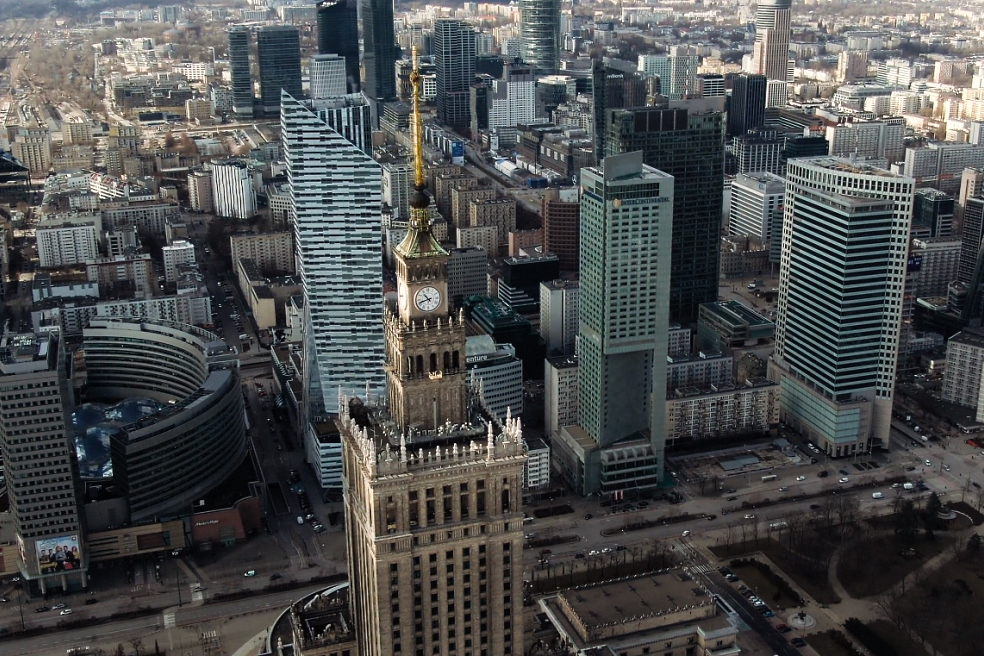
Agriculture, industry and services are the three key pillars of the economy. Their development is directly related to the availability of external sources of financing, such as land loans, leasing instruments, industrial loans and advanced project finance models. The globalization and economic integration affect the changes taking place in all branches of the Polish economy in recent years.
This continuous development is impossible without a strong banking system and financial market, which allow the business to finance new projects.
Poland has done a lot in this area since the 1990s.
Poland traditionally relies on a highly developed industry, including heavy industry, chemical production, oil refining, metallurgy and a number of other industries that require large investments. Local companies successfully export machinery, electrical devices, vehicles, medicines, chemicals, furniture, plastics and plastic products, iron, steel, food, beverages and other products.
Poland's important trading partners are the USA, Great Britain, Germany, France, Italy, the Czech Republic and other Western countries, which take part in financing numerous joint investment projects.
Experts note a significant potential for the modernization of Polish industry, which also requires lending. Thus, local industrial enterprises at the beginning of 2019 used an average of 42 robots per 10,000 workers. In Germany it was 338 and in the Czech Republic it was 135.
Although business is closing the gap at a fast pace, Poland still has a long way to go to retool its key industrial sectors. Industrial loans, including large syndicated loans on an international basis, play an important role in the development of the Polish economy.
The Polish cement industry is in the top 10 European cement producers. It is largely owned by global corporations. In 2018, 13 cement plants operated in Poland, producing more than 18 million tons of cement. Over the past 20 years, the owners of cement plants have invested more than PLN 10 billion in modernization, and these costs continue to increase.
Industrial loans for the cement industry in Poland are in high demand as the industry's output is growing and local cement products are considered competitive not only in the EU but also far beyond European markets.
Construction is another investment-attractive industry in Poland. This applies to both commercial real estate and residential real estate, which is in growing demand not only among local residents, but also among numerous migrants from Ukraine, Belarus and other post-Soviet republics who have decided to settle in Poland.
Land loans and other instruments for financing development projects have been in great demand in recent years and this trend will continue.
Poland has the third largest agricultural area in the EU. Since 2004, Polish farmers have been enjoying the benefits of a flexible state agricultural policy (in particular, direct payments). 15% of the total employed population is employed in Polish agriculture. For comparison, the average employment in this sector of the economy in the European Union is 4.5%.
There are large differences between regions in the percentage of people employed in agriculture, from 3% in the Silesian Voivodeship to 34% in the Lublin Voivodeship.
About 2 million private farms use 90% of farmland, but large agribusinesses have also flourished in recent years, thanks in part to easy access to large business loans on adequate terms.
If you are planning a major investment project in Poland or other countries of Eastern Europe, please contact our specialists for advice.
We are ready to develop a financial model tailored to your business needs and provide a long-term loan for the implementation of a capital-intensive project.




